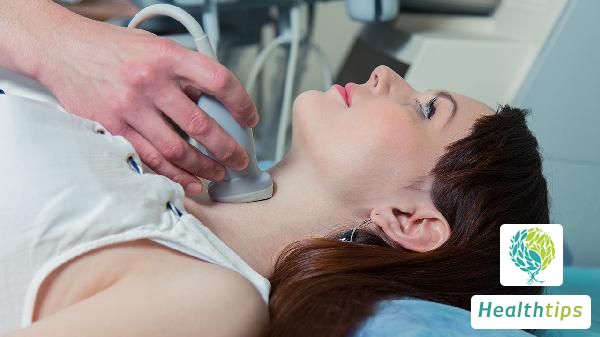Why Does My Skin Easily Bruise When Scratched?
In our daily lives, when our skin feels itchy, we often gently scratch it, thinking that this can relieve the discomfort. However, some people may find that scratching their skin leads to the appearance of numerous scratch marks, which can be quite alarming and cause concerns about potential health issues. What are these scratch marks, and what might be causing them? In most cases, the appearance of scratch marks after scratching the skin is indicative of a condition known as dermatographism, also known as skin writing. In such cases, it is important to avoid further skin irritation and consider taking antihistamines.

Firstly, let's discuss the treatment options for dermatographism. Individuals with this condition should strive to minimize skin irritation and friction. Oral antihistamines such as chlorpheniramine can be helpful, and combining them with immunomodulatory agents can further enhance treatment effectiveness. Additionally, it is advisable to avoid spicy and greasy foods, and taking vitamin C and calcium supplements may help to alleviate symptoms.
Secondly, dermatographism can be classified into two types: simple dermatographism and symptomatic dermatographism. Simple dermatographism, which is more common among women, is a physiological abnormal reaction characterized by the appearance of hives after the skin is scratched or stroked by a fingernail or other blunt object. These hives usually do not cause itching or other discomfort. On the other hand, symptomatic dermatographism, which is more common in young people with allergic tendencies, occurs when the skin reacts abnormally to physical stimuli, releasing histamine and other bioactive substances that cause dilation of blood vessels and increased permeability, leading to the leakage of plasma and tissue fluid into the dermis.
Now, let's delve into the treatment methods for dermatographism. One approach is to identify and eliminate the triggers that cause the condition. This may include avoiding exposure to allergens such as pollen, animal dander, feathers, dust, and other potential irritants. Additionally, certain foods and medications that may cause allergic reactions should be avoided or discontinued. A thorough detoxification process is also crucial as the appearance of scratch marks and associated itching can be caused by blood heat, blood stasis, and dry blood, which can lead to uncontrolled differentiation of skin epidermal cells. This differentiation occurs at a rate seven times faster than normal, resulting in dysfunctional skin that is prone to leakage of blood toxins, manifesting as bleeding points and accompanied by itching.
Fundamental anti-allergic treatment is essential for managing dermatographism effectively. Traditional treatments often involve the use of antihistamines combined with vitamin supplements, but these methods only provide temporary relief and may lead to recurrence of symptoms. Repeated episodes can eventually weaken the immune system and increase the burden on patients. Therefore, a fundamental approach to anti-allergic treatment is necessary for effective management of dermatographism.
Lastly, traditional Chinese medicine offers a holistic approach to treating dermatographism based on individual symptoms and patterns. For instance, patients with heat-induced symptoms may be prescribed herbal formulas to dispel wind-heat and relieve itching, while those with blood deficiency may be treated with formulas that nourish the yin and strengthen the body's foundation to dispel wind and relieve itching.
In conclusion, dermatographism is a common condition that can be managed effectively with the right treatment approach. By understanding the causes and types of dermatographism, as well as the available treatment options, individuals can take proactive steps to improve their skin health and reduce the discomfort associated with this condition.



















